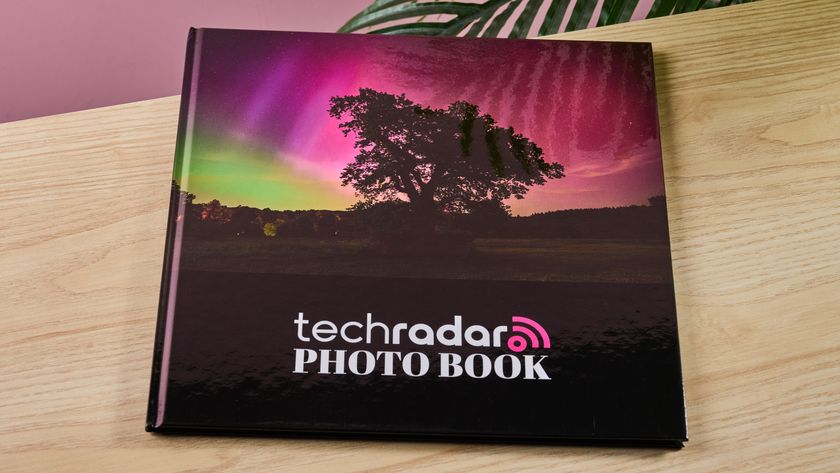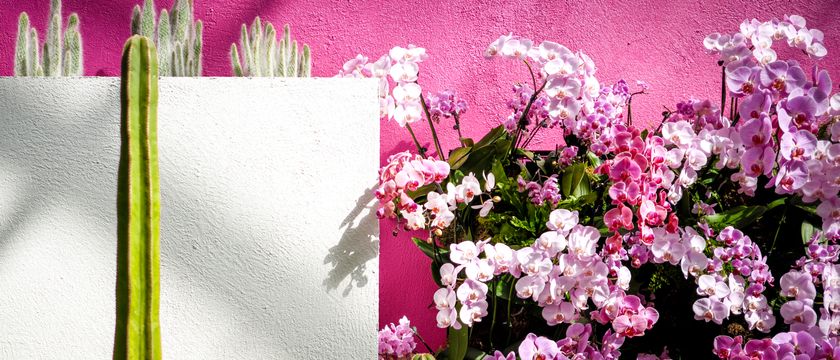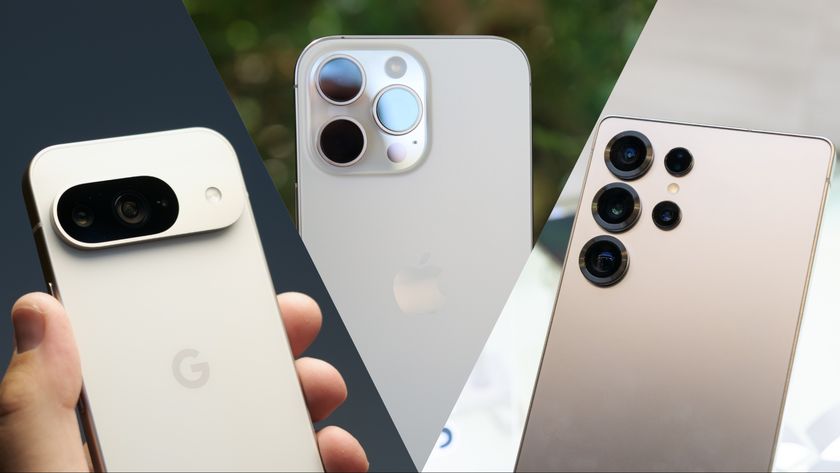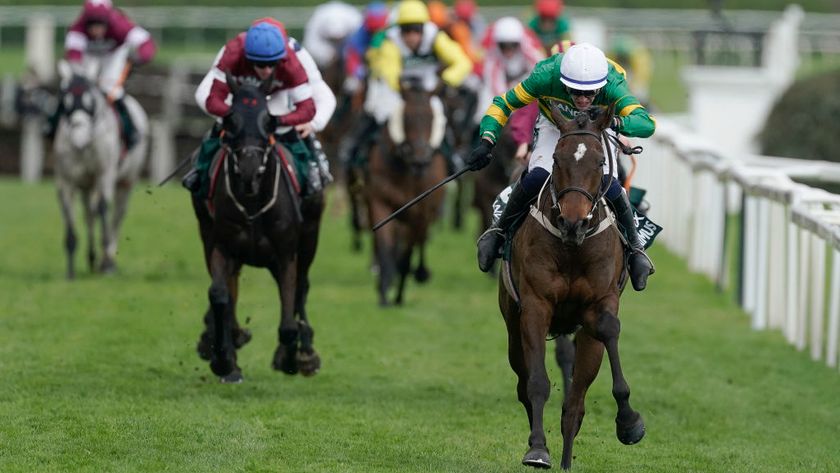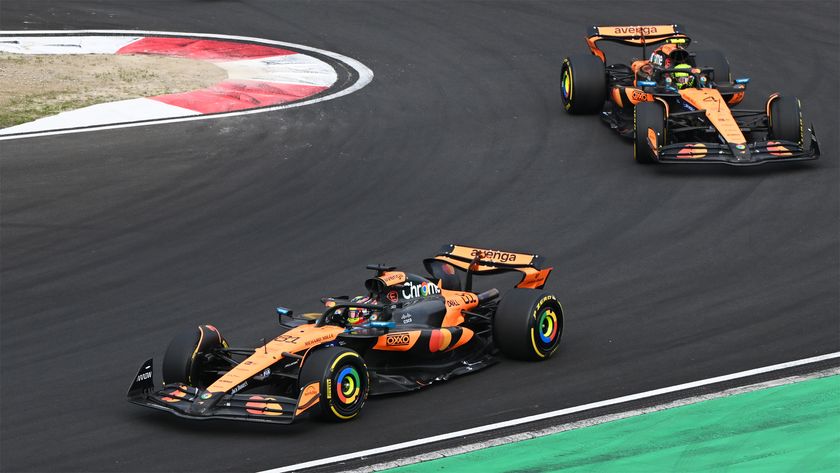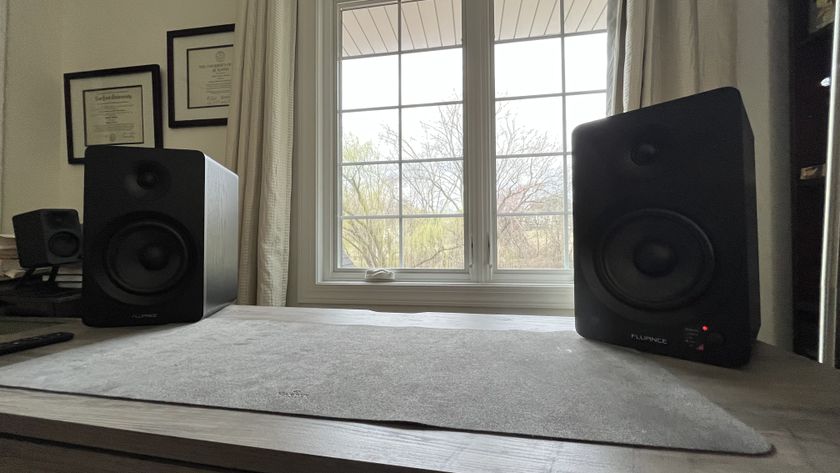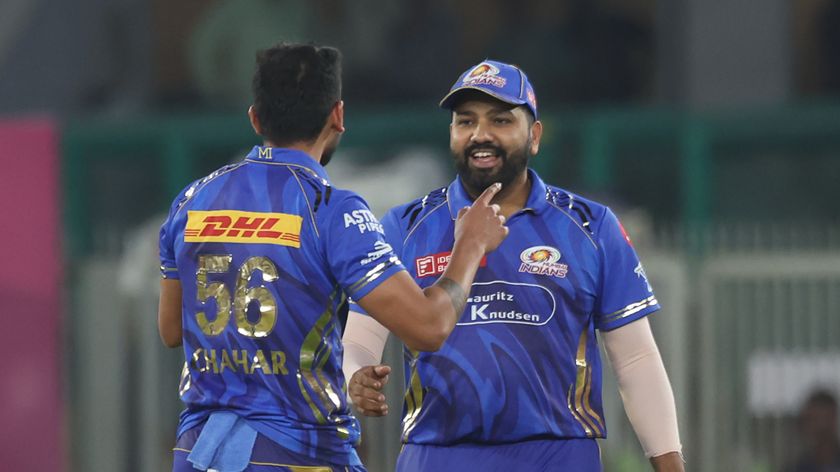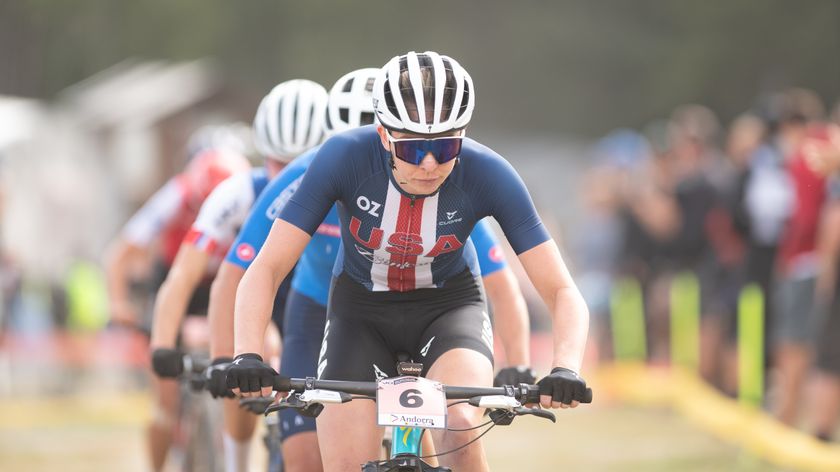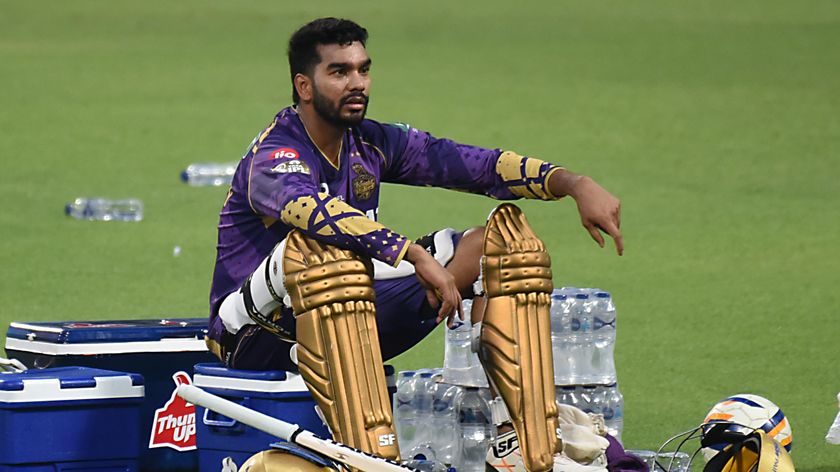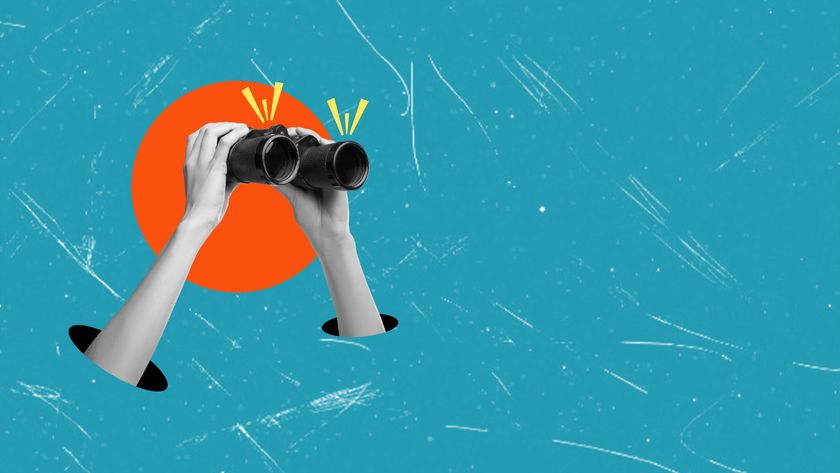How to photograph and video the USA’s total solar eclipse on August 21
The few minutes of totality are nature’s most precious moments. Are you ready, Instagram?
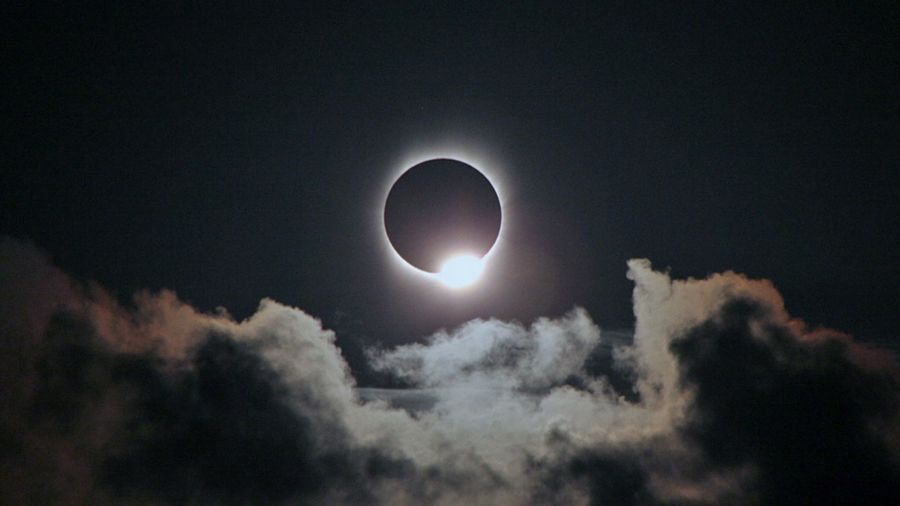
Could the Moon be about to break the internet? On August 21 this year our satellite’s slightly tilted orbit just happens to coincide exactly with the Sun to cause that rarest of natural events: a Total Solar Eclipse.
For two minutes observers along a narrow path from Oregon to South Carolina in the USA will be able look skyward and see, for only two minutes or so, the rare splendour of totality; an awesome sight of the solar corona displayed as a vast, ice-white halo around the New Moon.
Cue millions of spectators, many of whom will take photos and videos on phones, tablets, DSLRs, action cams and 360 cams, and immediately upload them. Hotels are largely sold out, but there are lots of eclipse campsites and RV parks.
Since totality sweeps across the USA in 90 minutes, there is likely to be long surge in uploads to Facebook, Instagram, Twitter and Snapchat. So should you join in and attempt to take photos and video of nature's greatest spectacle?
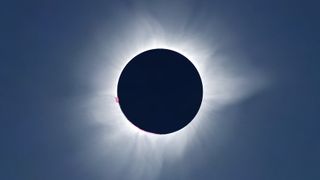
Zoom-lens & tracking mounts
This is something for professional photographers with expensive gear. If you really want to take your own close-up of the solar corona, it’s to Mr Eclipse you should head. There you’ll find advice for beginners from Fred Espenak, the ex-Nasa astrophysicist and eclipse expert who has seen 27 Total Solar Eclipses.
He’s planning on taking twenty cameras to Caspar, Wyoming for the August 21 event. Before you go down a similar path, consider that the eclipse is a moving target. The ‘classic’ close-up of an eclipsed Sun is possible using a zoom lens – about 500mm or 600mm is about right – but that’s not all you’ll need.
“The eclipse drifts through your frame very rapidly, and you’re going to have to reposition it during totality, so it’s very difficult to shoot without an astronomical tracking mount that will keep it in the center of your frame automatically,” says David Makepeace at Eclipse Guy, and a veteran of 22 eclipses. “It’s just too much work – forget it!” Free post-eclipse download from Nasa, anyone?
Get daily insight, inspiration and deals in your inbox
Sign up for breaking news, reviews, opinion, top tech deals, and more.
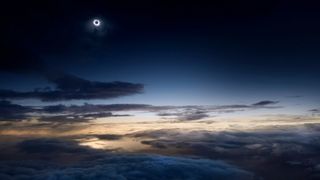
Wide-angle with a DSLR
The eclipse is an all-sky event; the Moon's shadow rolls over you, creating a V-shape in the sky if you have a big horizon. So there’s a lot you can capture with the wide-angle lens on a phone or action cam – including yourself.
“I don't try to compete with the people with expensive setups,” says Michael Zeiler, an eclipse-chaser and expert eclipse cartographer at GreatAmericanEclipse.com, who concentrates on getting a wide-angle view of the eclipse using a DSLR.
“Practice with your camera first and have your camera set-up so when you press the trigger it will do a bracketed series of images,” he advises. Most DSLRs from Nikon or Canon have this capability. “Once you've captured a nice bracketed series you can do some work in Photoshop to process a HDR image.”
If you stay reasonably wide-angle, you don’t have to reposition the camera during totality. “You don’t want to be attending to your camera during those two minutes – you will regret it,” says Makepeace.
Another option is to shoot a video in either Full HD or 4K and extract still images later. Although the resulting image won’t be massively high resolution, it means you can roll the camera a few minutes before totality, and leave it alone while you watch the spectacle with your naked eye (though only totality – the partial eclipse MUST be viewed with solar eclipse glasses).
“It’s OK for a souvenir shot for Instagram where even a 1920x1080 image is fine, but it will look soft compared to a lot of the eclipse photos you’ll see,” says Makepeace.
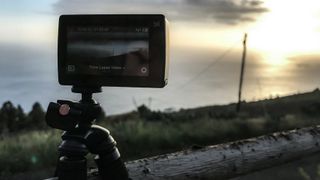
Smartphones & GoPros
Most people will use a smartphone, and while you’re not going to get much of a close-up of totality itself, the results can be impressive. “If you are going to shoot it, bang off a couple of shots with a phone or a simple point and shoot camera during totality,” says Makepeace, whose dramatic short film Still Hooked was created using several GoPros to get different angles.
“Smartphones do a pretty good wide-angle job of seeing the eclipse in the sky,” he adds. Just turn be sure to switch off the flash.
Another possibility is to record a short video not only of the eclipse, but of you and your group watching it. “Put your smartphone on a tripod, a chair, a vehicle, a rock or a table, and shoot a video from about two minutes before totality,” says Zeiler.
“Frame the video so that your observing group is in the foreground, and the eclipse is in the background – you’ll capture an amazing evolution in the appearance of the sky, but even better, you’ll capture the reaction of the people that you're with. That will be a precious keepsake from the eclipse.”
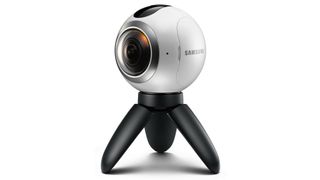
360 cameras
Since it’s an all-sky event, a 360 camera makes a lot of sense for the same reasons as a phone. Such cameras were around for last year’s eclipse, which captured some fascinating 360-degree 4K video footage.
”It’s an interesting approach because the eclipse is a 360 degree experience, and I saw a couple from Indonesia that were pretty cool,” says Makepeace. “You should shoot a bunch of stuff beforehand so you know what you’re doing on the day of the eclipse.”
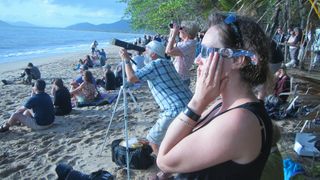
Should you photograph the eclipse?
Opinion is divided. Some dedicated eclipse-chasers are insane about photography, while some completely avoid them. “If you’ve never done astrophotography before, don’t spend totality fiddling with equipment because you’ll miss the experience,” says Eddie Mahoney, the only Nasa Ambassador, and Director of Astronomy and host of Tour of the Stars at the Hyatt Regency Maui.
“Just get yourself a nice comfortable lawn chair, sit back, relax and just experience Totality – don’t let anything else distract you.”
Every eclipse-chaser says the same thing: if it's your first experience of a Total Solar Eclipse, do not attempt to photograph it. Totality is too special and too short to waste fiddling with cameras, so … put your cameras and phones away!? As if …
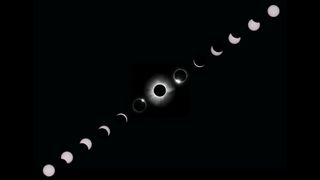
Best of both worlds
“I’m not sure I totally buy that theory,” says Eric Adams, a journalist and photographer whose image of totality from the Faroe Islands of the Total Solar Eclipse in March 2015 was flashed around the world by Associated Press.
“You can do both.” Although Adams admits that he did indeed mostly miss his first experience of totality because he was attending to his cameras, he thinks there is a way to photograph the spectacle without it ruining the actual moment.
“Shoot like crazy from -5s to +15s with a telephoto on a tripod, then stop and take a full 1 minute 30 seconds to soak it in and enjoy it,” he says. “Maybe burning off one or two frames midway if you feel like it, because you'll be bummed if you don't have something to save and share.”
How to practice photographing the eclipse
That’s the crux of the matter; first-time eclipse-chasers probably shouldn’t photograph the eclipse, but they will anyway. So plan to practice well in advance of August 21. “If you shoot in twilight right after sunset you have a very similar sky to what you will have during totality, give or take,” advises Makepeace.
That’s about 20 minutes after sunset; all you need is a clear sky. “It’s good for seeing how your camera behaves, and what your camera’s auto exposure and auto focus are actually doing – it’s a great rehearsal window for eclipses.”
If you mess it up, no worries; there's only 680 days to wait until the next total solar eclipse in South America.
Jamie Carter is the editor of WhenIsTheNextEclipse.com and author of the USA Eclipse 2017 Camping & RV Guide and the The Great South American Eclipse Travel Guide for July 2, 2019.
Jamie is a freelance tech, travel and space journalist based in the UK. He’s been writing regularly for Techradar since it was launched in 2008 and also writes regularly for Forbes, The Telegraph, the South China Morning Post, Sky & Telescope and the Sky At Night magazine as well as other Future titles T3, Digital Camera World, All About Space and Space.com. He also edits two of his own websites, TravGear.com and WhenIsTheNextEclipse.com that reflect his obsession with travel gear and solar eclipse travel. He is the author of A Stargazing Program For Beginners (Springer, 2015),

